The popular folk holiday of Halloween comes at the end of harvest time in the northern hemisphere when Earth itself is shutting down for the winter. The pumpkins that are a traditional symbol of Halloween grow in the late summer/early fall and are harvested to be turned into pie and cut into fierce faces to ward off unwelcome spirits as jack-o-lanterns. Pumpkin seeds dried out and roasted in butter also make a delicious treat.
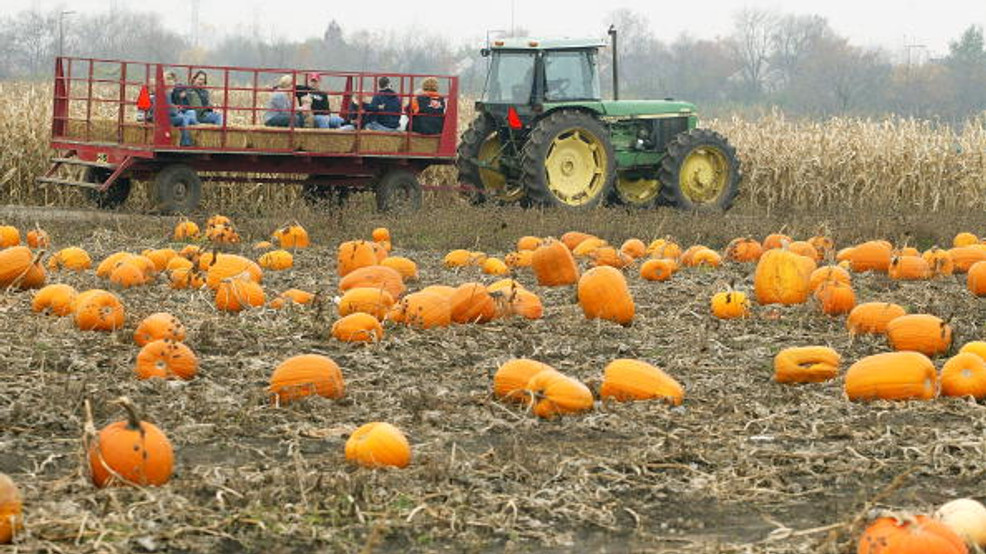
We observe Halloween as a time of costumes and children going out trick or treating. A complicated development lies behind this practice. The tricks and treats were originally on two separate nights. The English brought to North America the mischief making of Guy Fawkes Day on November 5, in which children and youth went through the night playing tricks and causing general mayhem. This Mischief Night migrated to Halloween and was sometimes known as Devil’s Night or Beggar’s Night. This meant that children went out collecting treats on October 30 (as beggars) and played tricks on those who were stingy or didn’t give any treats at all on October 31. In more recent times begging for treats has settled on Halloween itself. Playing tricks, such as damaging property or toilet-papering houses has been discouraged by municipal authorities.

Traditional Halloween costumes have been ghosts, skeletons, devils, and witches. We don’t always consider that Halloween is about connections between the living and the dead. It is All Hallows Eve (All Saints’ Eve) in the Christian calendar, which is a day to remember all the faithful departed. This is not to say that Halloween as usually celebrated is a Christian festival, but it did emerge out of a Christian culture. And it does have to do with the veil opening between this life and the afterlife.

Halloween forces us to think about views of the afterlife. Unlike Indian or Greek philosophy, Biblical religion offers no view of the soul. It regards the body as God’s good creation and looks for the resurrection of the body in God’s good time. In the meantime, the souls of the faithful departed are in God’s keeping.
Christian theology regards the self as both body and soul. Both of the Western church’s greatest theologians, Augustine of Hippo and Thomas Aquinas, taught that while the soul (psyche, our personality) may be immortal and survive death, it needs the body to be a living essence both in this life and in the resurrection life. Christian funeral practice has been primarily to bury the body in cemeteries adjacent to church buildings. The graves of the faithful departed received special attention on All Saints and All Souls Days, November 1-2.

Some have suggested the date of the observance of All Saints’ Day was due to the influence of the Celtic Church and was intended to be a means of countering the purported pagan Samhain observance which marked the end of the harvest, the change of seasons, and the coming of the darker time of the year. It was not the case that a Celtic Samhain observance influenced the establishment of All Saints’ Day, but rather that All Saints’ Day bumped into end of the agricultural year folk customs, much as the Christian celebration of the Nativity of Jesus bumped into Mediterranean solstice celebrations. As was the case in both instances, pre-Christian observances were absorbed into the Christian observances.
There was a widespread folk belief in Europe, including in the Celtic culture, that at the turn of the year as the cold of winter approached, the spirits of the departed come looking for warmth. Contrary to modern superstition, ghosts do not haunt houses, they haunt people. Apparitions of ghosts mainly had to do with the deceased seeking vengeance on the living for not honoring provisions in wills or just benignly reconnecting with family members. After the spread of Christianity ghosts might visit to ask for the prayers of their relatives to hasten the transition of their souls from Purgatory to Heaven. These apparitions continued throughout the Middle Ages. The problem was that Christians were taught to have no in interaction with the spirits of the dead.
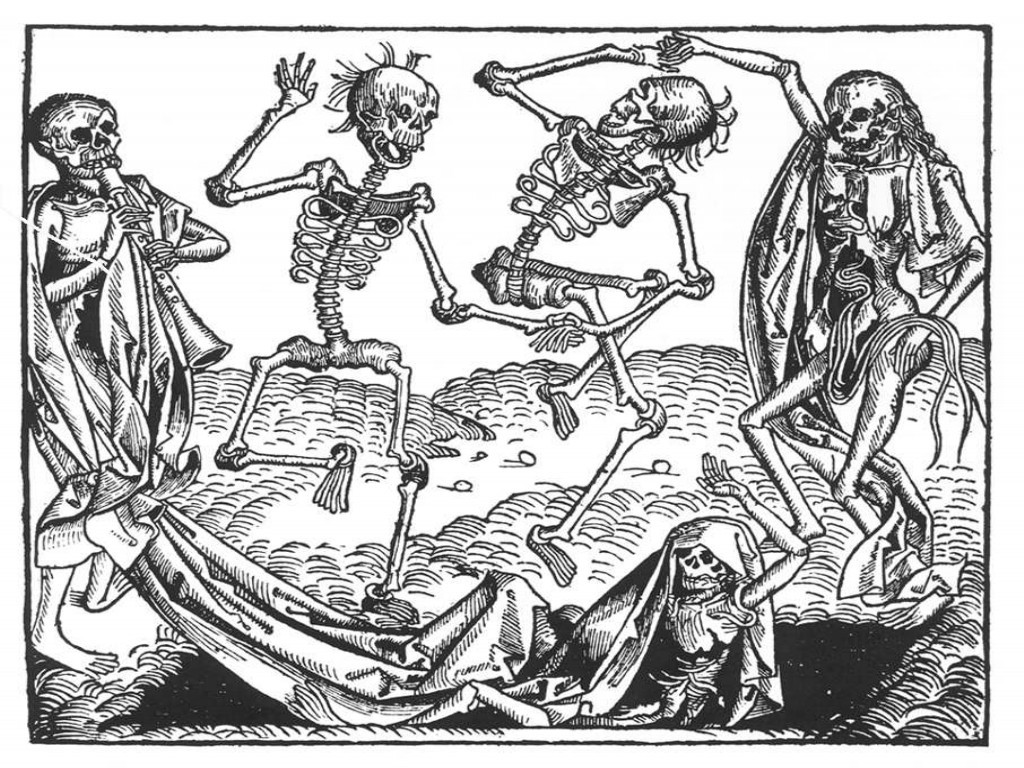
Celtic Lore
In Celtic lore it was believed that the dead come haunting the living at this change of seasons, looking for warmth and welcome. Their reception was ambiguous since you didn’t know their intentions. Jack-O’Lanterns warded them off, but treats also placated them. Church bells rang throughout the night to keep the dead in their graves. Christian bishops wanted the faithful to think of the saints who were in God’s keeping and would not hurt them. This may have been the reason for establishing All Saints’ Day at this time of the year. Nevertheless, the people continued to light bonfires and wear costumes to ward off ghosts. Children in costumes still go out to collect their treats.
Late fall is a time of the year that invites a focus on death. Autumn gives signs of dying all around, especially in the leaves that fall to the ground and decay. It is a great tradition of Autumn to rake up the leaves into piles on the lawn and for children to jump in the piles and lie on beds of leaves, feeling their dry warmth in the waning autumn sun.
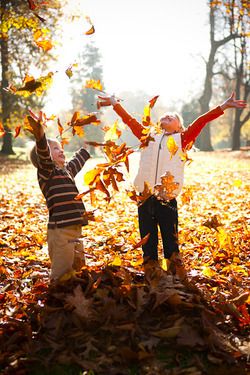
Actually, we shouldn’t rake up the fall leaves. It’s better to leave them on the ground and let nature take care of decomposing them and thereby adding nutrients to the soil. Also, a lot of caterpillars hang pupa in the leaf litter and emerge as butterflies next summer. But play in the leaves while they are freshly fallen and dry? Yes!
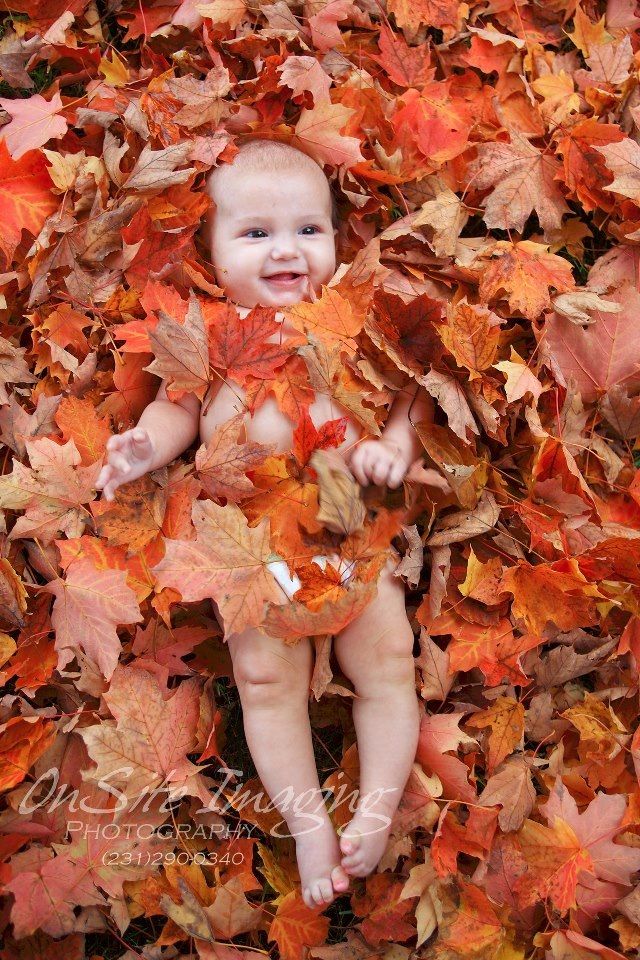

All Saints’ Day (November 1) is followed by All Souls’ Day (November 2) on which all the faithful departed are remembered. This observance spread in the Cluniac monasteries in the eleventh century as a way of remembering the benefactors of their communities and it spread quickly throughout Western Europe. A suitable way of remembering the dead would be to visit their burial place and leave flowers (see the image of the cemetery above).
The Day of the Dead (Spanish: Día de Muertos) is a Mexican holiday celebrated throughout Mexico by people of Mexican heritage elsewhere. The whole of November has expanded into the Month of the Dead in the Hispanic and many other cultures around the world as a way of honoring ancestors.

Witches and Nature Gods
Witches are associated with Halloween. It’s a favorite costume among the girls. Witches were not originally thought of as evil persons. They were women who collected herbs and made medicines for the treatment of the sick and infirm, but also charms for protection from evil spirits.
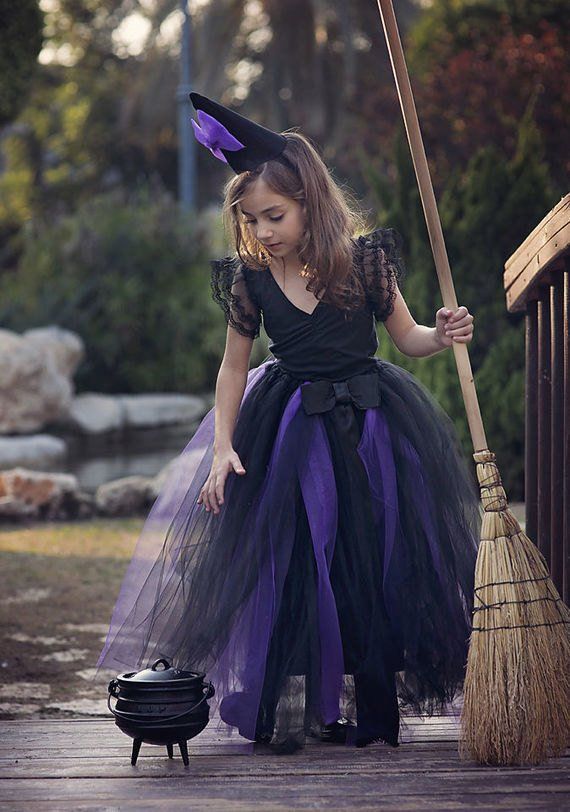
The ancient Celts believed that this time of the year was when the veil between the spirit realm and the living was at its thinnest, allowing spirits and other supernatural forces to come back to the living and cause mischief or harm. For example, people could be transformed into cats or bats or other animals as a punishment for their bad deeds — black cats, of course. The witches had charms to use against the intrusion of evil spirits.
Witches were also associated with cooking (even children — remember Hansel and Gretel!). But in reality they were women whom the peasant people looked to for wisdom and medicine using herbal remedies and brewed broths that had healing properties..
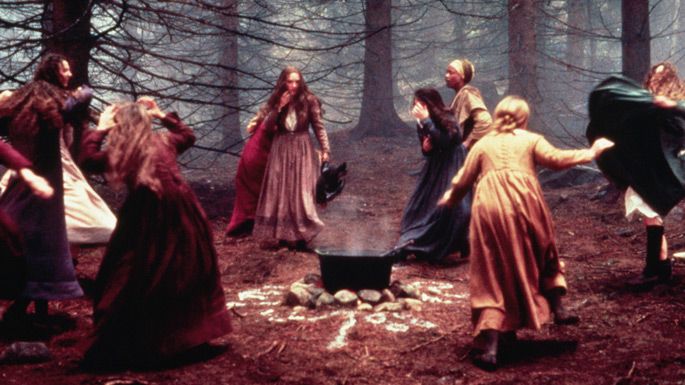
Witches were not necessarily old hags, but people with a knowledge of the healing powers of nature. That’s why medicine men in tribal societies were called “witch doctors.”
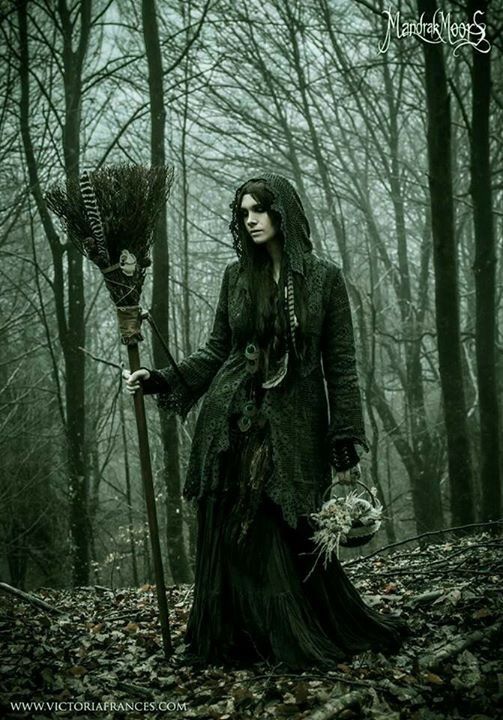
So how did witches become associated with devil worship? As women who prepared natural remedies they became associated with the horned Celtic nature god Cernnunos. By a merger of the antlered god of the Continental Celts with the Greco-Roman horned god Pan/Faunus, who also had cloven hoofs, a new deity was created, around which the remaining pagans who resisted conversion to Christianity rallied. After the coming of Christianity, it was believed that witches had relations with the Devil. This led to the burning of witches in the late Middle Ages in response to the threat of plagues. Protestants in Britain and New England hanged witches rather than burning them.
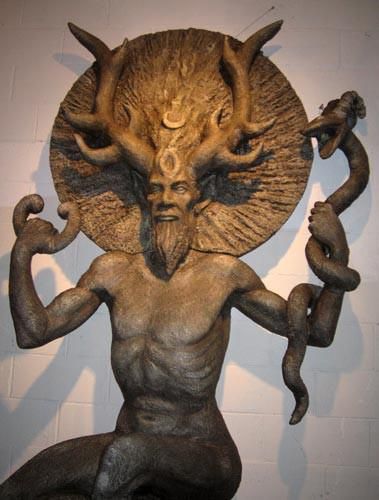
This horned deity provided the prototype for later Christian conceptions of Satan or the devil, and his worshipers were cast by the Church as witches.
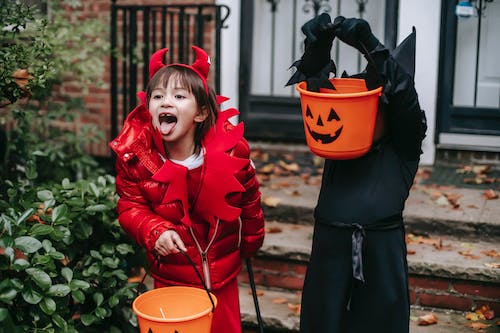
In “Frank Answers About the Green Man and Friends,” I commented on the Celtic god Cernunnos. With his antlers he was lord of the forest. But he wasn’t always associated with life and green growth. He was also the lord of death and decay since the vegetation itself will decay and return to the Earth during the winter.
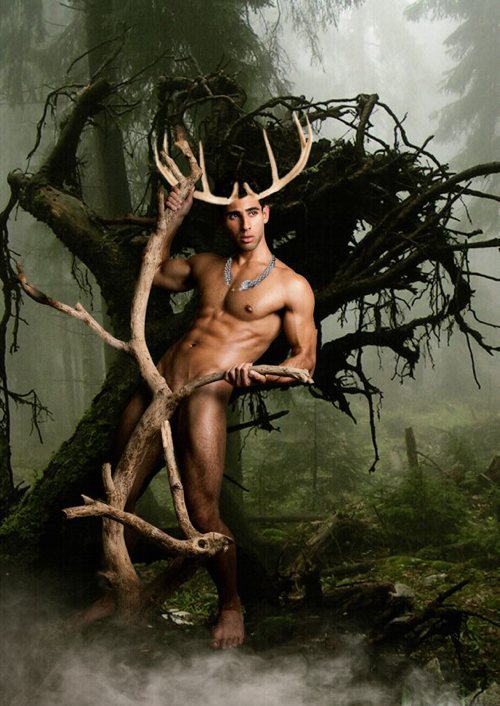
The bare trees and moss of wet November give the forest a more haunting appearance. Cernunnos kept the dead in the underworld until the coming of spring, when new life could spring forth from the earth.
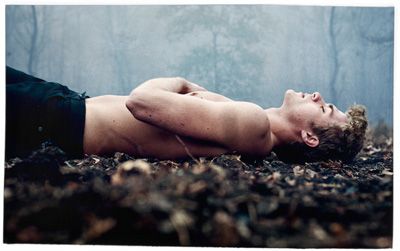
Another aspect of Cernunnos is that in Berkshire, England he is also identified as Herne the god of the hunt. In Margaret Murray’s 1931 book, God of the Witches, she posits that Herne is a manifestation of Cernunnos. Because Herne is found only in Berkshire, he is considered a “localized” god, and could indeed be the Berkshire version of Cernunnos.
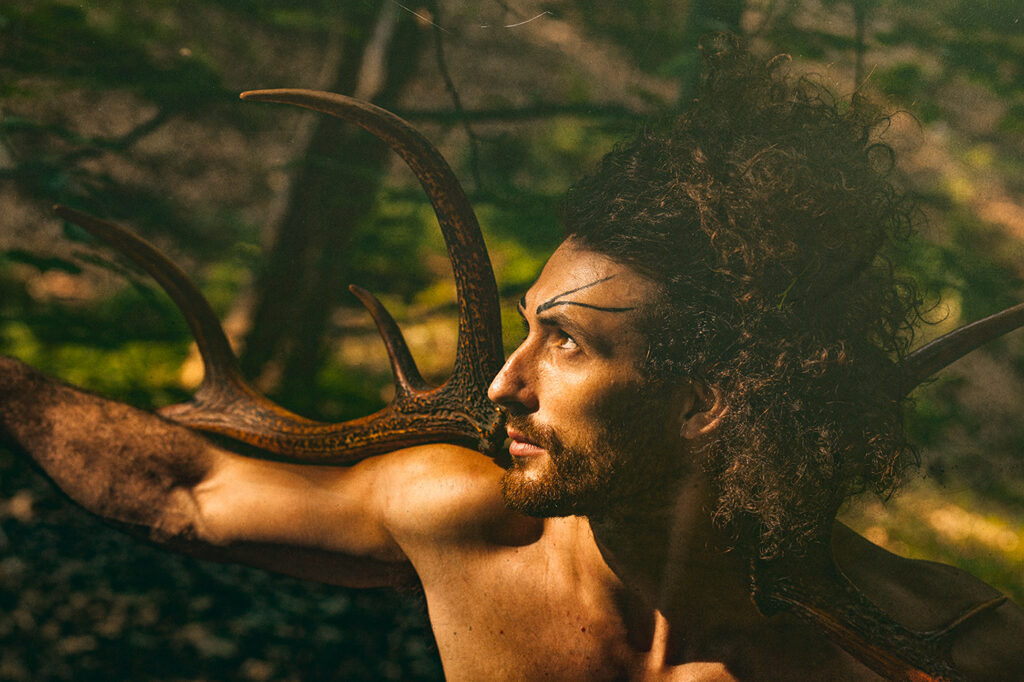
Herne, like Cernunnos, is depicted wearing the antlers of a great stag. He is the god of the wild hunt of game in the forest, equipped with bow and arrow. Herne’s antlers connect him to the deer, which were given a position of great honor in Celtic culture. After all, killing a single stag could mean the difference between survival and starvation. So this was a powerful thing indeed.
There are several folk legends in the Berkshire area that Herne was the hunter for King Richard II and out of jealousy other nobles hanged him from a tree in the forest. During hunts the ghost of Herne haunts the forest.

These are the myths and legends of late fall that can be told around the campfire of those willing to sit outside during a spooky night in Autumn in the days before Earth goes to sleep under a cover of snow.
Pastor Frank
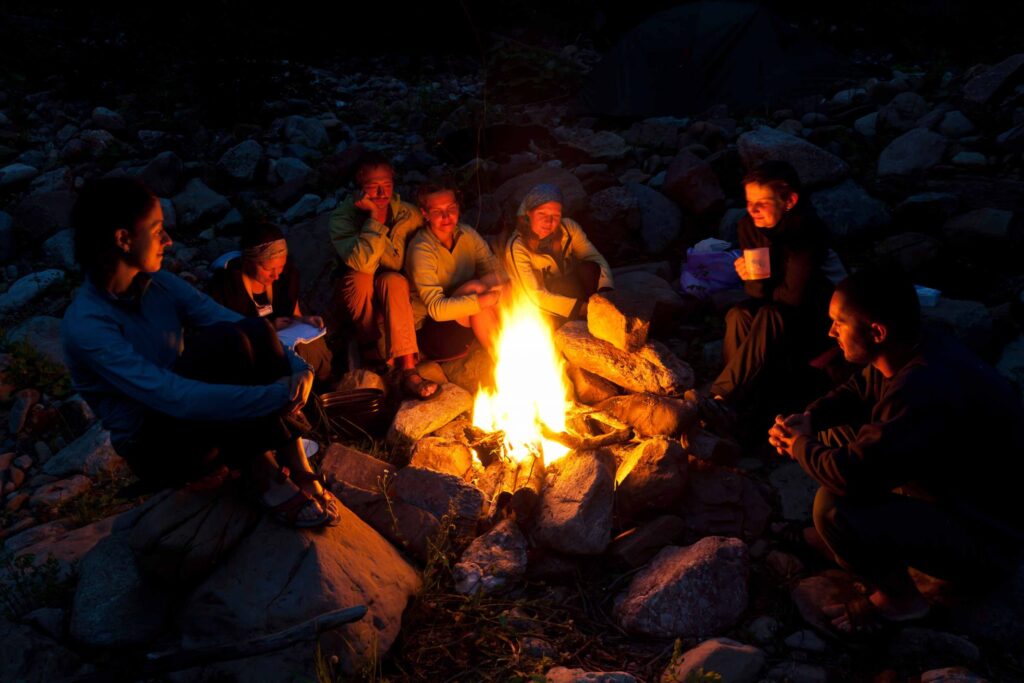
Gathering around a campfire in late Autumn, perhaps to tell spooky stories.


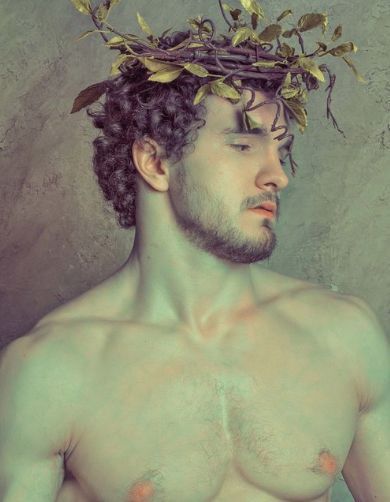
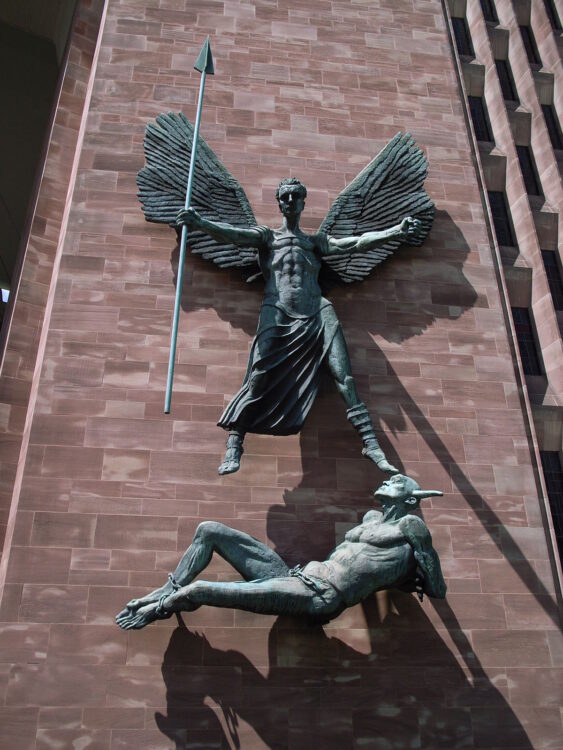

I have a VERY negative opinion of Halloween. My former mother-in-law was a practicing witch, and I find no humor in people glorifying them for fun.